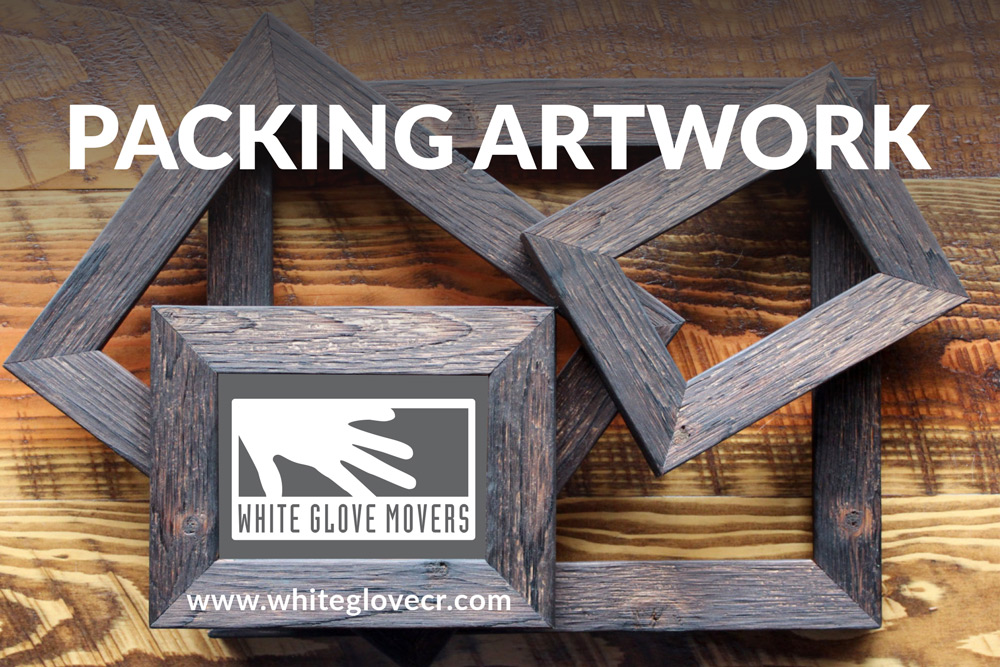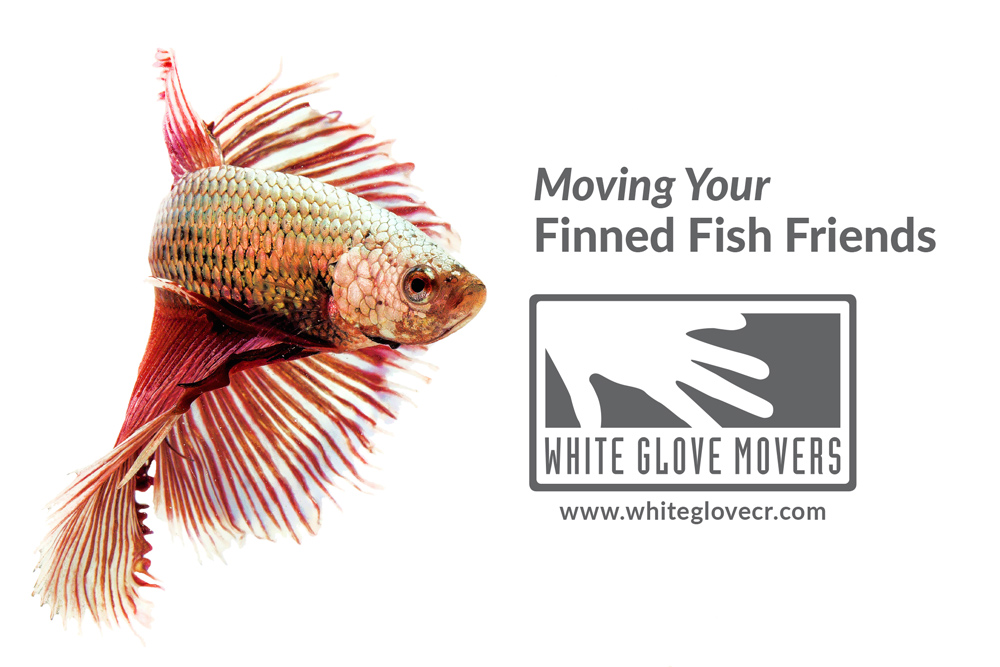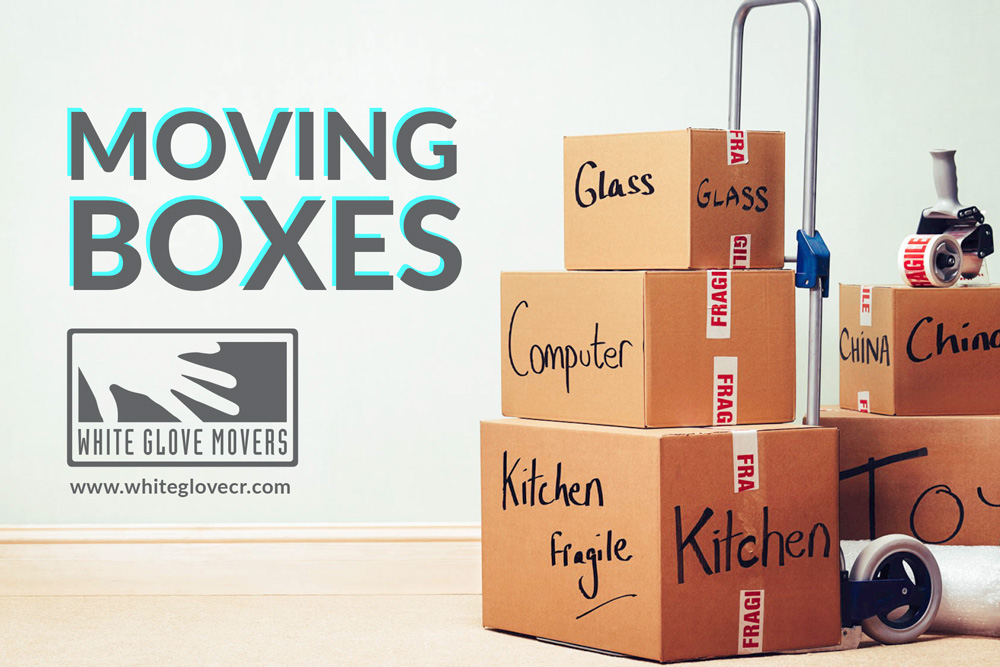You are either an artist or an art lover and you have decided to move. Read this before loading your pieces up for transport.
Things you will need:
- Acid-free tissue paper
- Bubble wrap
- Cardboard sheets
- Newspaper
- Appropriate sized boxes
- Painter’s tape
Framed Artwork
The frame itself provides a little more protection than just a wrapped canvas, but do not think the frame will provide all the protection needed. Your piece either has a piece of glass over it, or the canvas is exposed. Should the glass break while moving it could scratch your art or rip the canvas. If the canvas is exposed, a corner of box or another frame could stretch or tear the canvas. Here’s how to properly protect it.
Use the acid-free tissue paper to protect the original artwork from the elements while moving. Even touching the painting with bare hands transfers our natural oils onto the piece. The deterioration is not instantly visible, but it will be over time. So wrap the entire piece with this and use the painter’s tape to secure.
Next, wrap the piece in bubble wrap making sure to cover the corners. While not required, a corner triangle will further protect.
Now you will want to sandwich the piece between the cardboard sheets and tape them together.
Place the piece into the appropriately sized box and use the newspaper as a filler to keep the piece from moving. This is especially helpful if loading two or more pieces into the same box.
Unframed artwork
The steps are very similar when packing an unframed canvas as a framed canvas. Still, wrap the entire piece in the acid-free paper, but this time you can use the cardboard sheet to insert between two canvases. Bubble wrap all three pieces together, again taking extra care with the corners.
It is important to note that the cardboard sheet should be larger than the canvas. If this means using two sheets, do so. This will help protect both pieces.
Where to load it onto the moving truck
Now that our beloved artwork is protected we need to place it on the truck strategically. Laying this box flat will defeat the purpose of the work you just did to protect it. Keeping the box on its side helps to absorb the pressure of the bumps during transport. Placing it the front of the truck, on the side or between to larger pieces will further keep your artwork safe from damage.
Unpacking
When unpacking your artwork, try not to use any sharp objects. The nice thing about painter’s tape is that it will hold when it needs to, but you can remove it easily as well. Unwrap your pieces and hang them where you will continue to enjoy them!





